This page goes into detail about the colours, camouflages and roundels used by the RAAF during, and after the 2nd world war.
RAAF 3K5
During the 2nd world the Australians identified (most of) their colours by the RAAF 3K5 Specification, identifying the different colours by a k3/*** number. This specification didn’t just include colours but also other chemicals used by the RAAF, such as K3/331 Paint and Varnish Remover. These are not included in the table below.
Most colours were taken from the British, as noted by their British Standard number, but the colours most famously used on indigenous aircraft (Foliage green and Earth brown) were local.
It must be noted that these instruction only applied to locally produced aircraft and those repainted during an overhaul. Imported aircraft were kept in their original camouflage patterns.
| R.A.A.F | British Standard | Gunze | Tamiya | Vallejo |
|---|---|---|---|---|
| K3/169 Bright Red | BS 538 | |||
| Used as identification Colour | ||||
| K3/170 Identification White | – | |||
| Upper surface for ambulance Aircraft | ||||
| Earth Brown K3/177 | – | |||
| Upper surface camouflage. Replacement of British Dark Earth and Light Earth. Note that some sources switch the K3 code of Earth Brown and Foliage Green. The Contemporary Spartan Colour Chart above may be the source of the confusion. | ||||
| Foliage Green K3/178 | – | |||
| Upper surface camouflage. Replacement of British Dark Dark Green and Light Green. Note that some sources switch the K3 code of Earth Brown and Foliage Green. The Contemporary Spartan Colour Chart above may be the source of the confusion. | ||||
| Night K3/179 | BS 642 | |||
| Medium Sea Grey K3/183 | 1.9PB 3.4/1.1 | |||
| Upper surface camouflage. Code lettering. | ||||
| Yellow K3/185 | BS 356 | |||
| camouflage for training and communication Aircraft | ||||
| Extra Dark Sea Grey K3/187 | BS 638 | |||
| Upper surface camouflage for seaplanes, together with K3/189 Dark Slate Grey Replacement of British Dark Sea Grey | ||||
| Dark Sea Grey K3/188 | BS 638 | |||
| Dark Slate Grey K3/189 | – | |||
| Upper surface camouflage for seaplanes, together with K3/187 Extra Dark Sea Grey Replacement of British Light Slate Grey | ||||
| Light Slate Grey K3/190 | BS 639 | |||
| Grey Green K3/193 | BS 238 | |||
| Sky Blue K3/195 | BS 101 | |||
| Lower surface camouflage Successor of British Sky Type S | ||||
| Dull Blue K3/197 | BS 110 | |||
| Dark Earth K3/209 | BS 350 | |||
| Dark Green K3/216 | BS 241 | |||
| Light Earth K3/223 | – | |||
| Light Green K3/225 | – | |||
| Special Night K3/315 | ||||
| British paint developed to counter act ever more powerful searchlight. An improved version of K3/179 Night to be a “dead black cellulose camouflage dope”. See the page on British camouflages for more information. | ||||
| Azure Blue K3/315 | ||||
| Upper surface, together with Extra Dark Sea Green | ||||
| Dark Ocean Blue K3/318 | ||||
| Upper surface, together with Extra Dark Sea Green | ||||
| Identification Glossy White K3/342 | ||||
| White part of the post 1948 national markings | ||||
| Identification Glossy Blue K3/343 | ||||
| Blue part of the post 1948 national markings | ||||
| Identification Glossy Black K3/344 | ||||
| Aircraft serial numbers of the post 1948 national markings | ||||
| Identification Glossy Red K3/346 | BS 538 | |||
| Red part of the post 1948 national markings | ||||
1940-1943
| equivalents | Mr Color | Tamiya | Vallejo | Hataka | Humbrol | Mr. Paint | AK | Ammo MIG | |
| Earth Brown K3/177 |
90%H72+10%H47 90%C22+10%C41 |
HTK-*256 | |||||||
| Temperate Land Scheme: two tone upper surface camouflage with Foliage Green | |||||||||
| Foliage Green K3/177 |
FS 34092 | H302 C302 |
XF-26 | 71124 | HTK-*056 | MIG 238 | |||
| Temperate Land Scheme: two tone upper surface camouflage with Earth Brown | |||||||||
| Sky Blue K3/195 |
H323 C323 |
71306 | MIG 249 | ||||||
| Lower surface camouflage for day aircraft. Colour of the code letters |
|||||||||
| Interior Green | |||||||||
| Interior colour | |||||||||
December 1943 – May 1944
| Colour | equivalents | Gunze | Tamiya | Vallejo | Hataka | Humbrol | Mr. Paint | AK | MiG | |
| Foliage Green K3/178 |
FS 34092 | H302 C302 |
XF-26 | 71124 | HTK-*056 | MIG 238 | ||||
| Upper surface camouflage | ||||||||||
| Medium Sea Grey K3/183 |
H306 C306 |
AS-28 | 71051 | MIG 211 | ||||||
| Lower surface camouflage | ||||||||||
| Interior Green | ||||||||||
| Interior Colour | ||||||||||
Post May 1944
On the 26th of May it was decided that all Fighters, fighter bombers and medium- and heavy bombers were to be employed without camouflage. Attack, Transport, Communication, Reconnaissance, Air Sea Rescure and Target towing aircraft were to be painted an overall camouflage green.
It should be noted that the CAC boomerang was pushed back to an attacker role during this period and thus was painted an overall Foliage Green.
| Colour | equivalents | Gunze | Tamiya | Vallejo | Hataka | Humbrol | Mr. Paint | AK | MiG | |
| Foliage Green K3/178 |
FS 34092 | H302 C302 |
||||||||
| Overall camouflage of: Attack Aircraft Transport Aircraft Communication Aircraft Reconnaissance Aircraft Air Sea Rescue Target Towing Aircraft |
||||||||||
| Aluminium | ||||||||||
| Unpainted of: Fighters Fighter bombers Medium Bombers Heavy Bombers |
||||||||||
It wasn’t untill mid 1945 that the first aluminium aircraft were introduced with the delivery of P-51 Mustangs.
Foliage Green
Foliage Green is a difficult colour, with a lot of discussion surrounding it to date about it’s exact shade. Though this discussion can again be boiled down to modellers wanting an exact shade, preferably with an FS number. But, during war time, procurement could be difficult and it appeared that the RAAF was having trouble getting what it wanted, especially Foliage Green ( and Interior Green as well), which in turn results in a variety of shades in literature and colour chips; ranging from a shade matching the American Medium Green 42 to almost black.
White Identification Markings
To aid with identifying friendly aircraft by pilots and AA operators in the New Guinea theatre, the USAAF implemented new regulations regarding identification markings, stipulating that all single engine fighters were to have a white empennage and wing leading edges. It also often extended to spinners. This was effective from September 1943 and affected aircraft of the 5th Air force, the RAAF and RNZAF. Until May 1944 the RAAF stipulated that its aircraft should continue carry the blue stripe of the fin flash.
This meant that soon a considerable amount of Australian aircraft bore this white tail as they were painted before being shipped to New Guinea and would return with them.
The regulation was abolished by the USAAF in August 1944 and September by the RAAF for uncamouflaged aircraft (ie. bare metal finish). In December this was extended to all aircraft. It however didn’t require the practice to be stopped, resulting in many aircraft carrying a white tail until the end of the war.
Roundels
Pre 1942 – RAF roundel
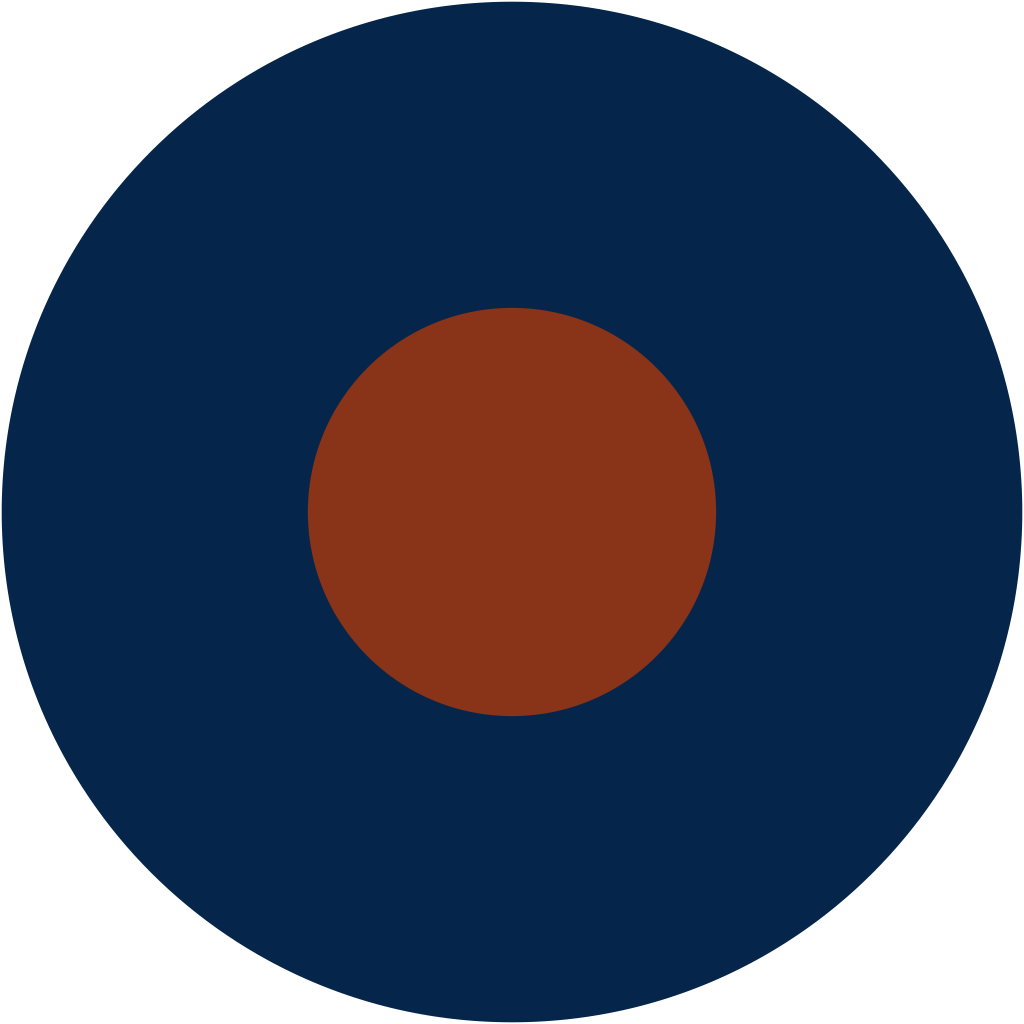 |  | 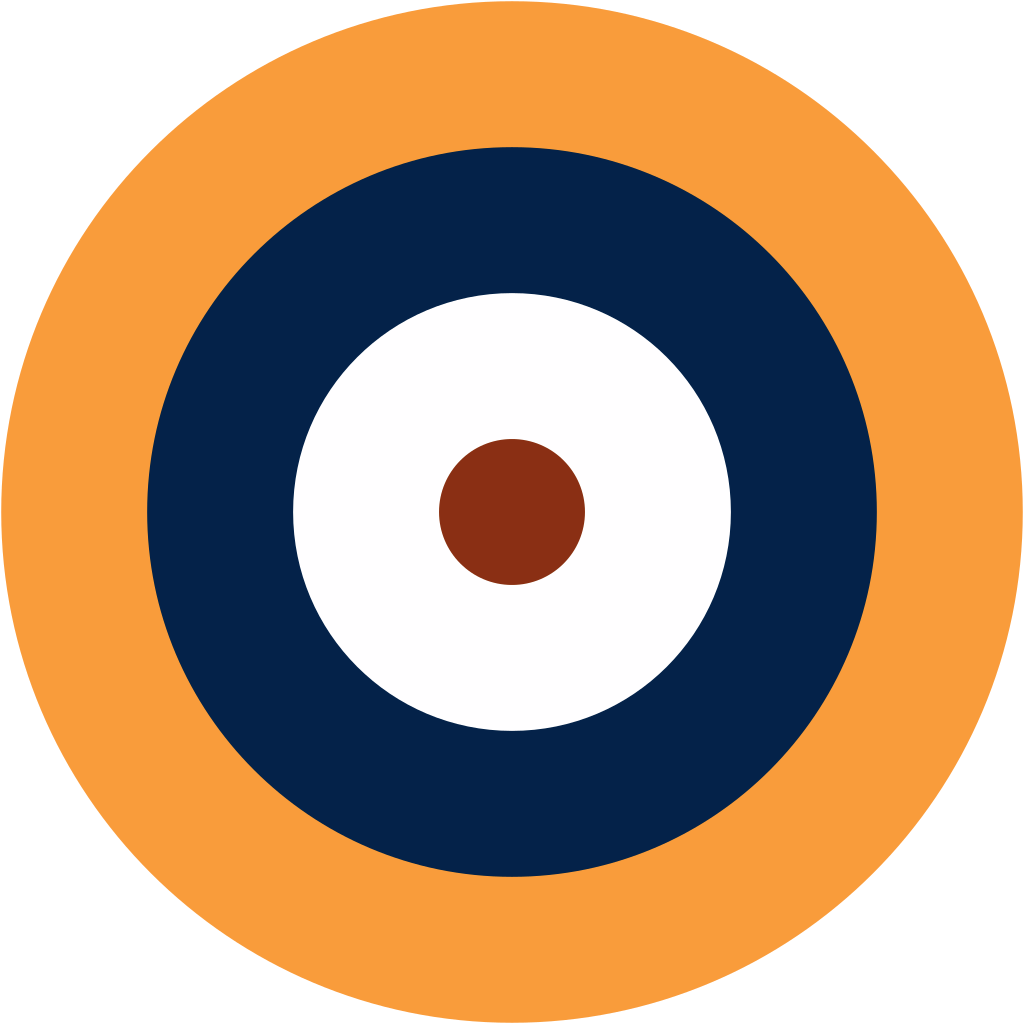 |
| M.1 (RAF Type B) | M.2 (RAF Type A) | M.3 (RAF Type A1) |
.1 (RAF Type B)M.2 (RAF Type A)M.3 (RAF Type A1)
In the initially, the RAAF followed RAF policy regarding the roundel and used the red/white/blue “Type A” roundel on the fuselage and lower wings, and the Type B roundel on the lower wings. It should be noted that the RAF designations Type A, B, C and D are post-war inventions and weren’t officially used. The RAAF however did have codes cor these roundels; M.1, M.2, M.3 and M.4. M.4 being the tail flash. The ‘M’ stood for marking, and these were defined in Technical Order AGI No.C.11 Issue 3. Because these terms were coined several years before the introduction of the RAF Type C roundel, there is no corresponding M number.
With the war, the RAF changed the fuselage roundel to the Type B on the fuselage as well, and the RAAF followed suit initially, but early 1940 reverted back from M.1 to M.2 roundels.
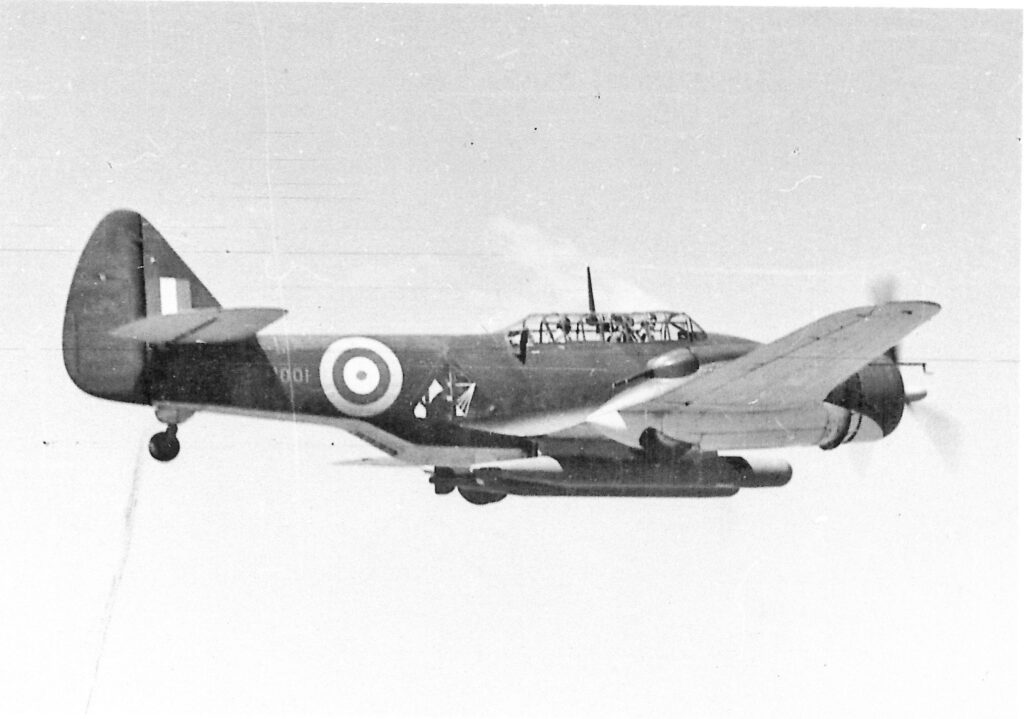
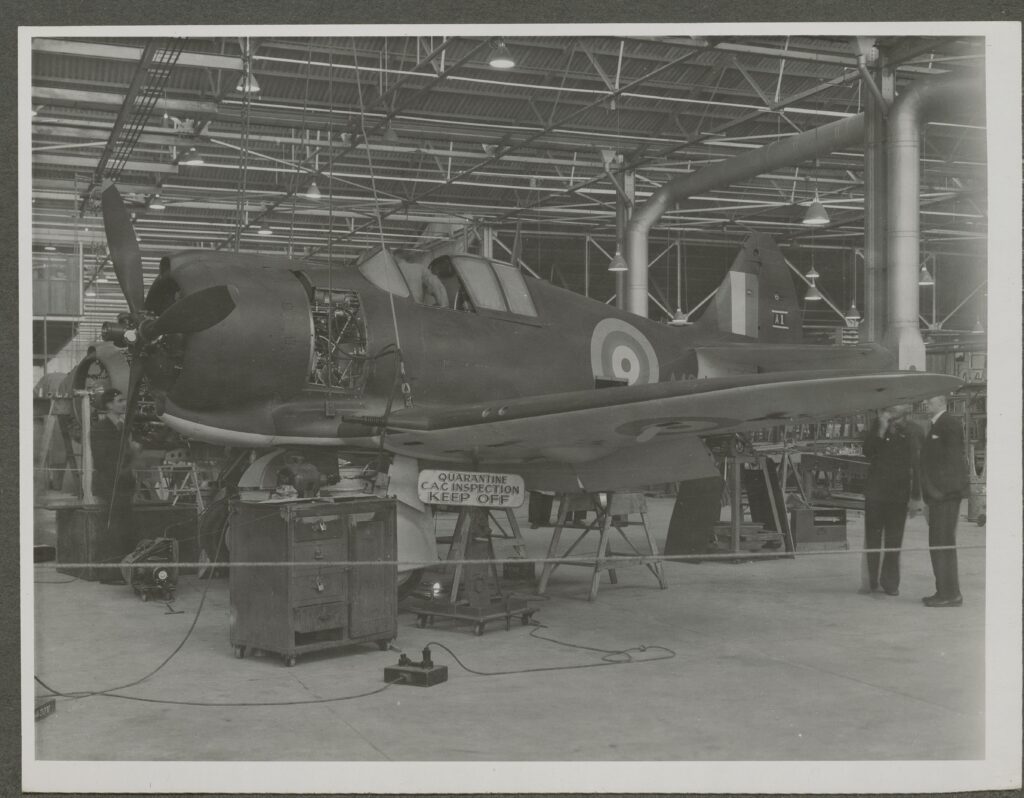
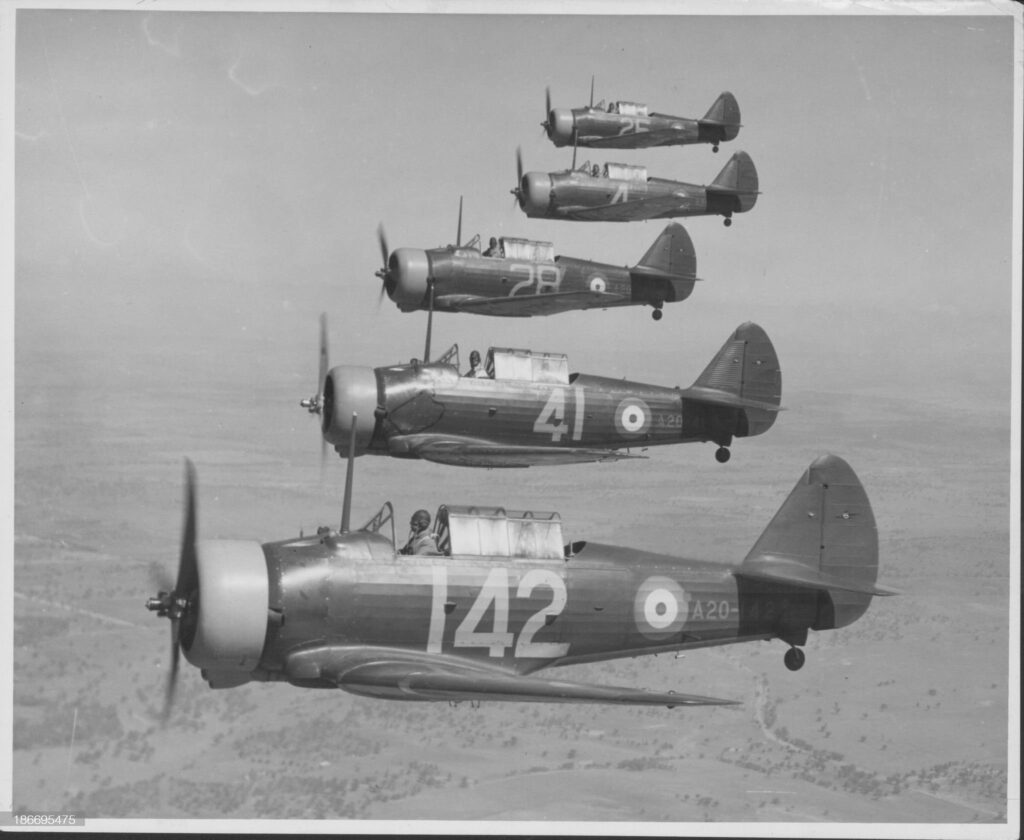
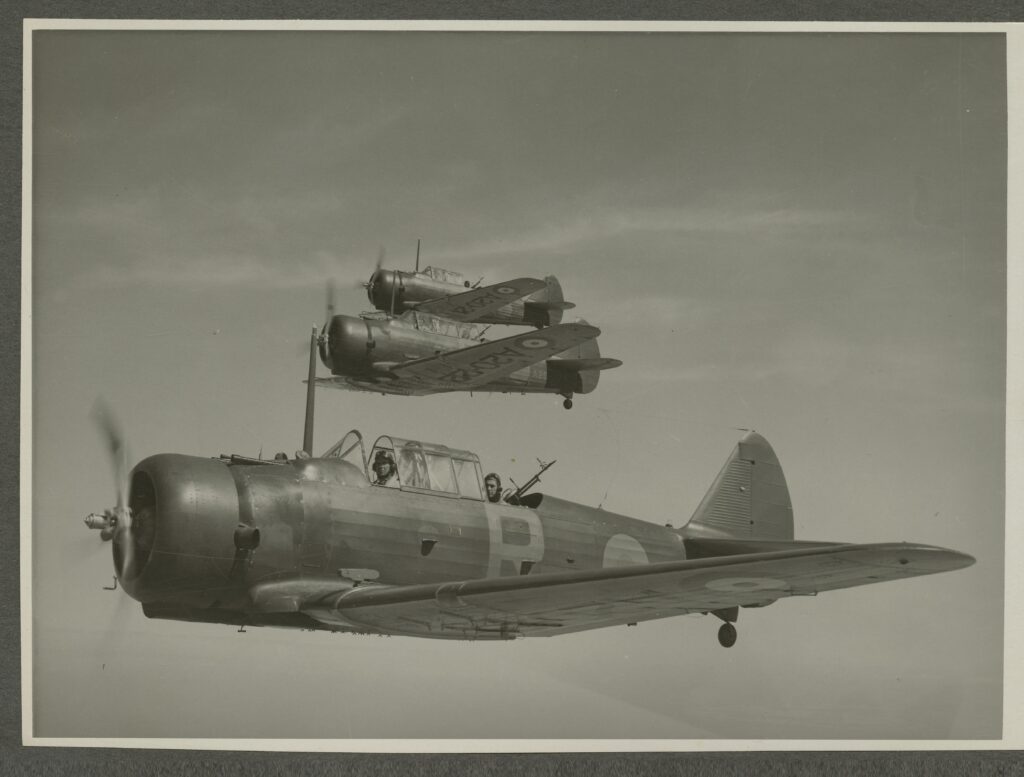
1942-1948 – Pacific Roundel
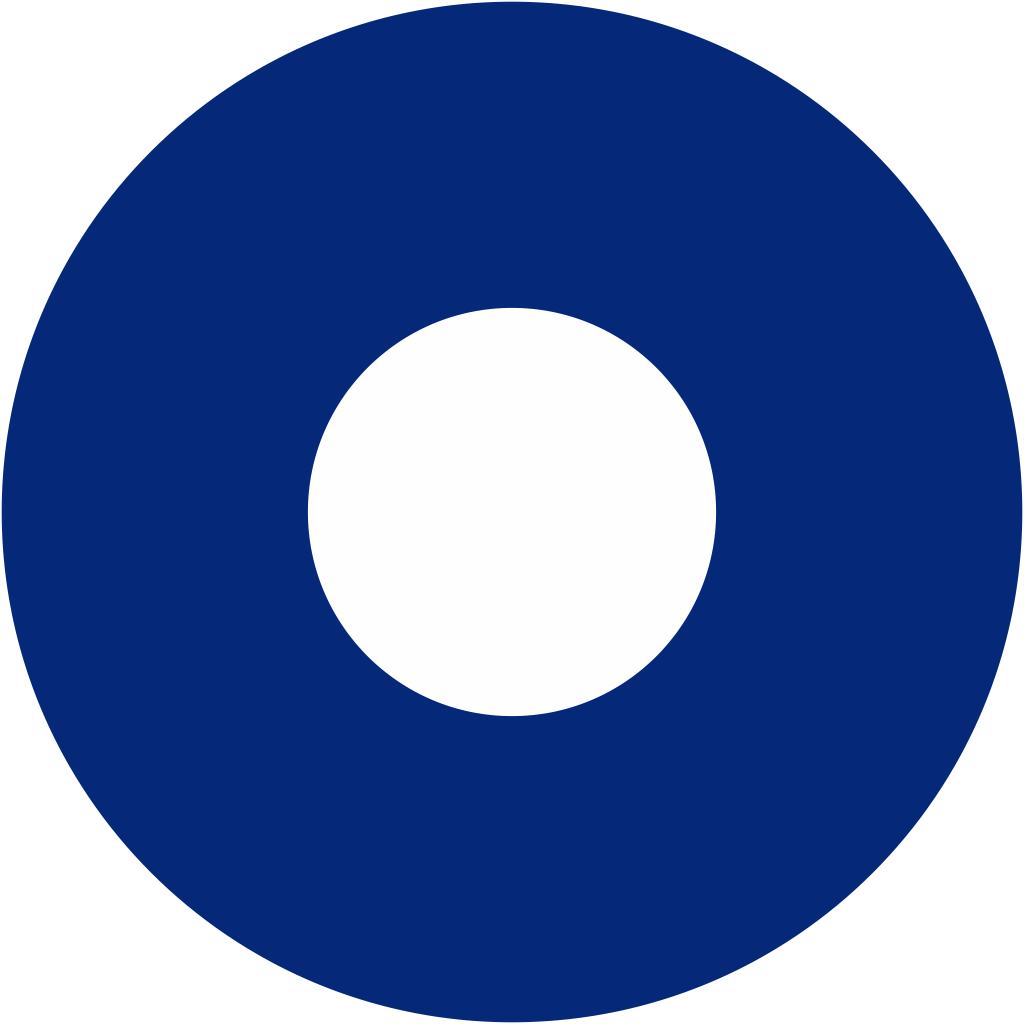 | 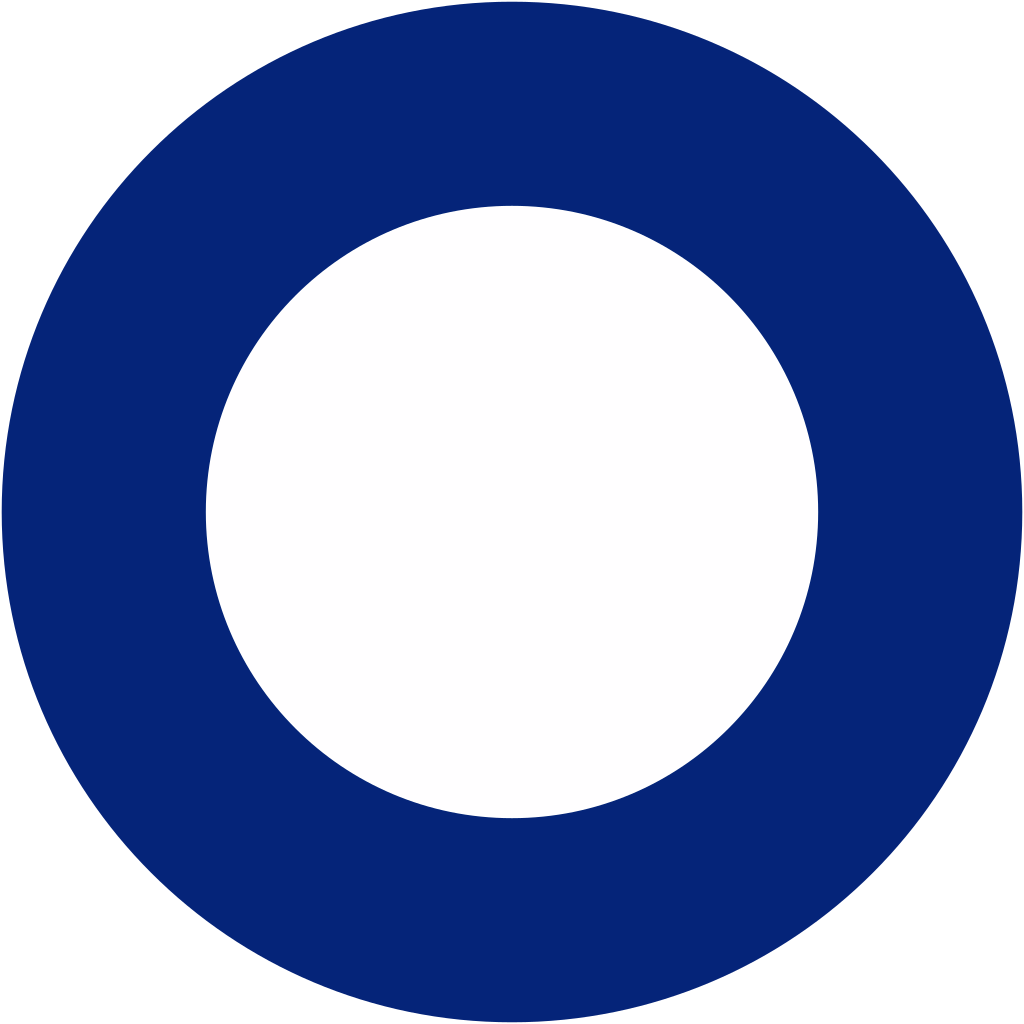 |  | 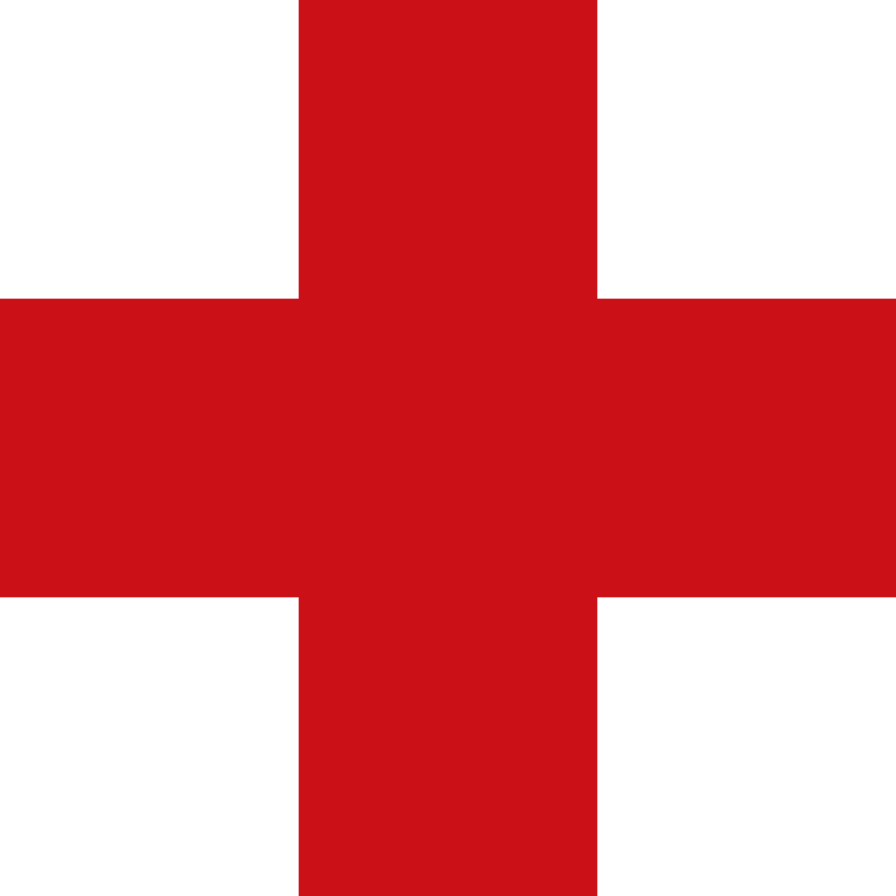 |
| National marking I (5:2) | National marking I (5:3) | National marking II | National marking III |
When the Pacific War broke out at the end of 1941, the dangers of the RAF style roundel became apparent when when on June 26, 1942, a RAAF Catalina was shot down by a US navy Wildcat. The pilot mistook the red in the upper wing roundels for the Japanese Hinomaru and opened fire. While no one was hurt it would result in the removal of the red dot.
The Americans had however already predicted this situation and removed their red dot pre-emptively:
“From a distance, red can be seen more easily than other colours—often, in fact, before other details of a marking can be made out. Cases of mistaken identity led, in March 1942, to the red disc inside the US national star being deleted.”
In July 31, 1942, this led to the directive Aircraft General Instruction C11, Issue 4. This stated that the red in the M.1 type roundel was to be overpainted white, but keeping the M.2 and M.3 fuselage roundels the same. In September this was extended to all roundels.
This led to two types of roundels depending on what roundel type was overpainted. As the war progressed, it became apparent that the 5:3 roundel was too visible and phased out in favour of the 5:2 roundel. In 1945 this was shrunk even further to 3:1. The tail flash was also changed to have both stripes the same width.
This marking was also referred to as National Marking I, with National Marking II and III referring to Red crosses placed on medical flights, with and without white circular background respectively
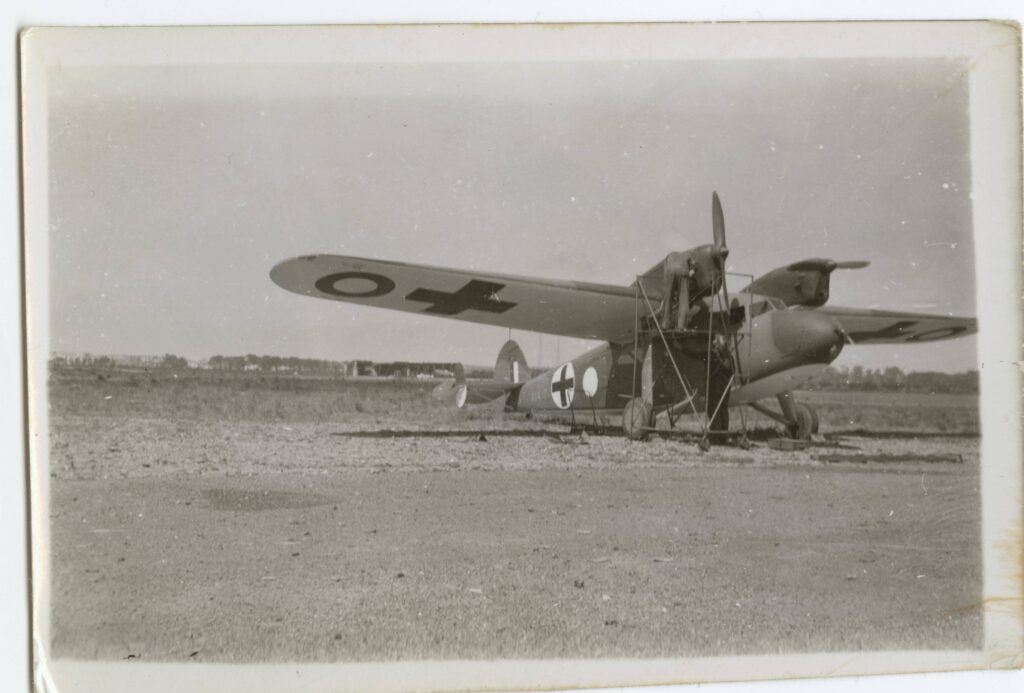
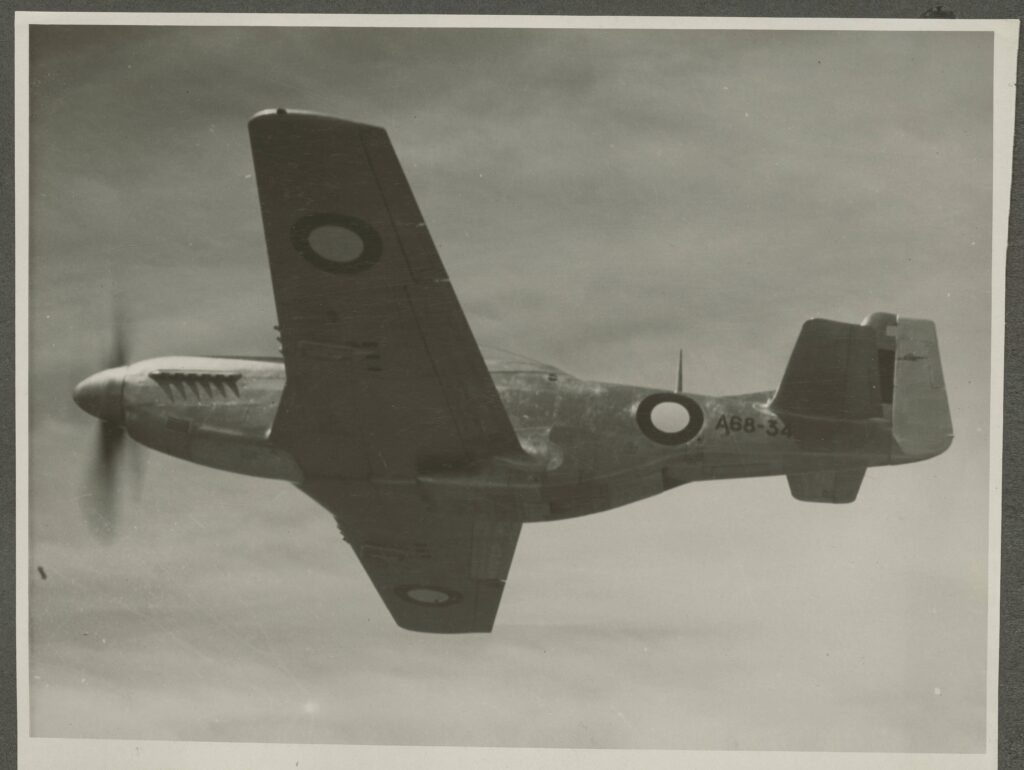
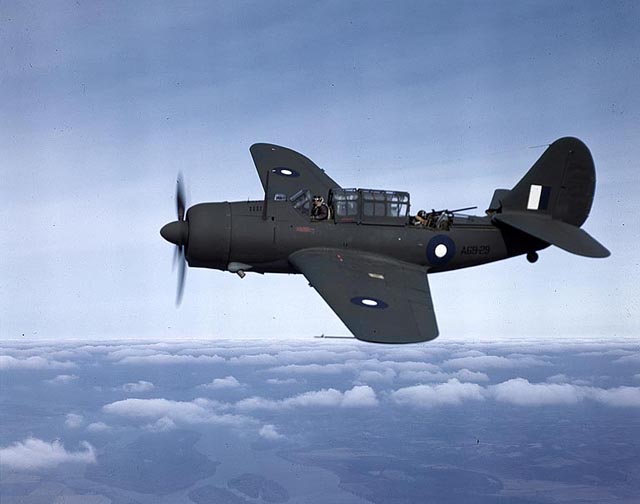
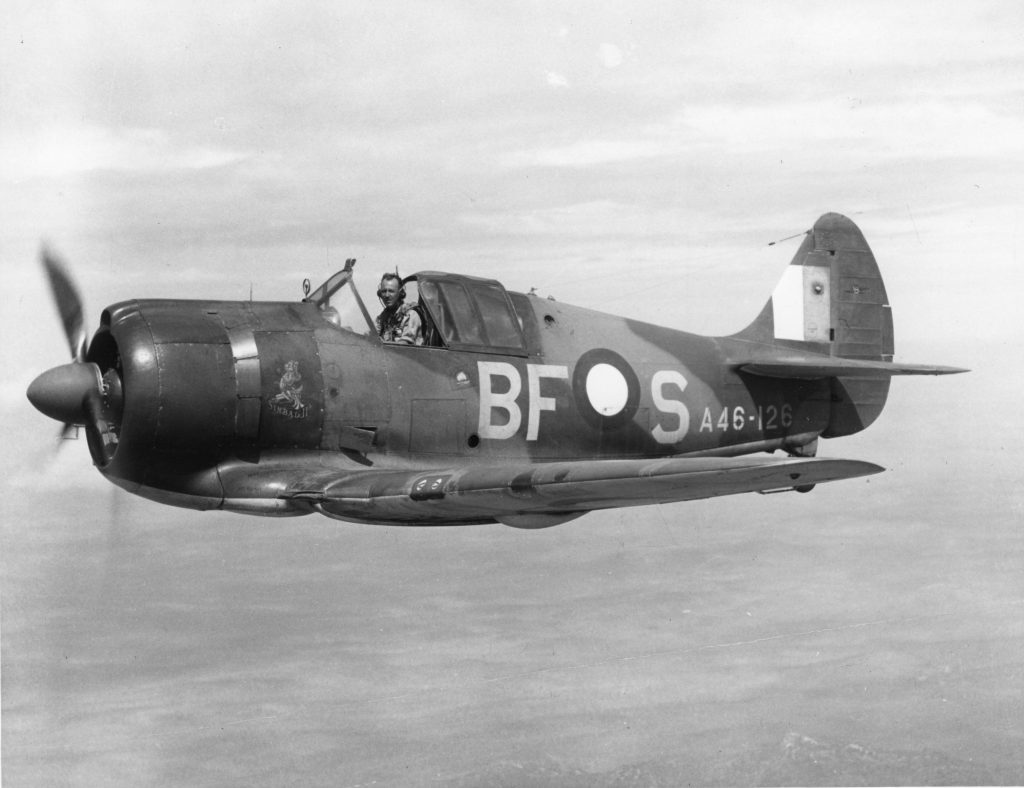
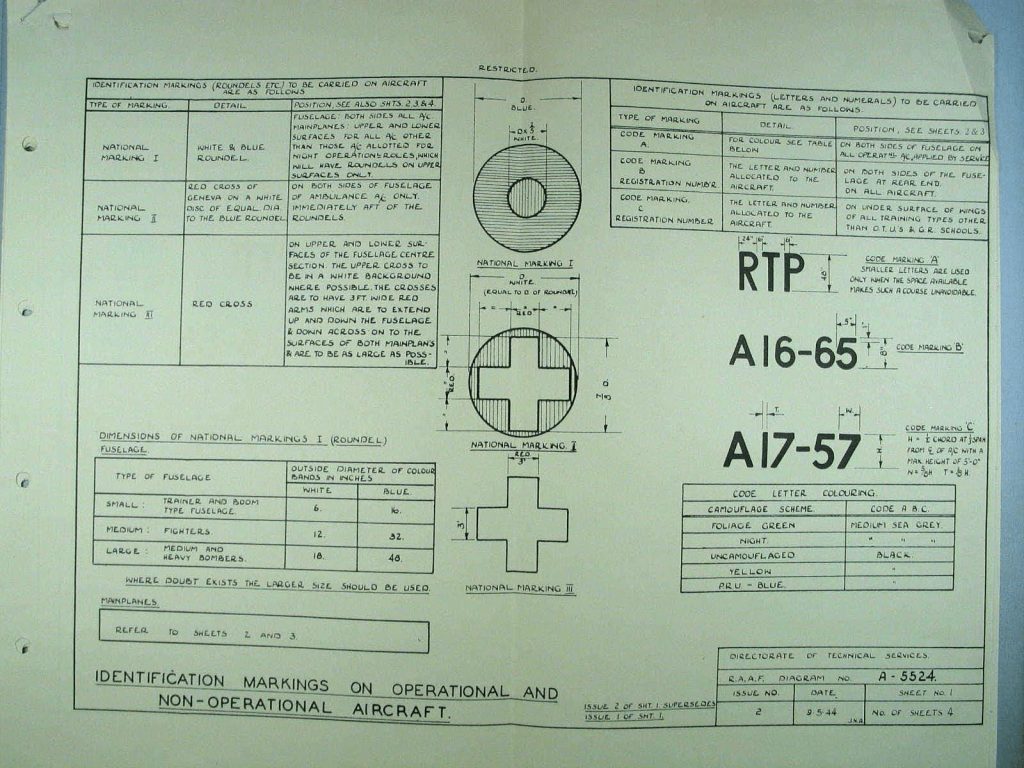
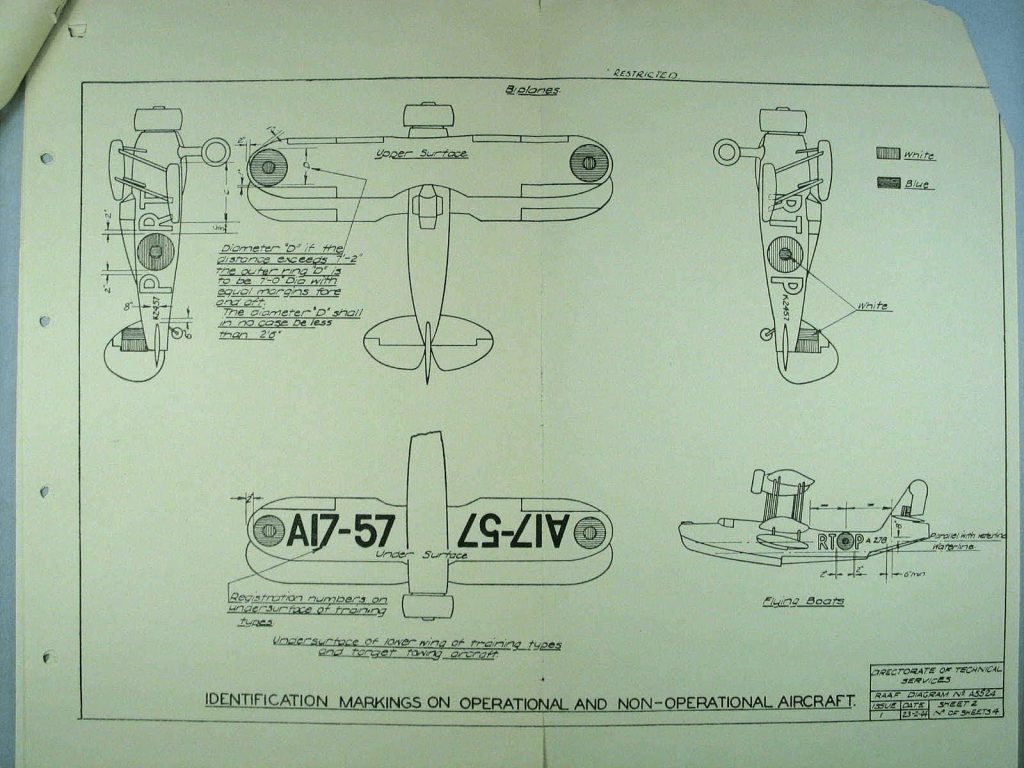

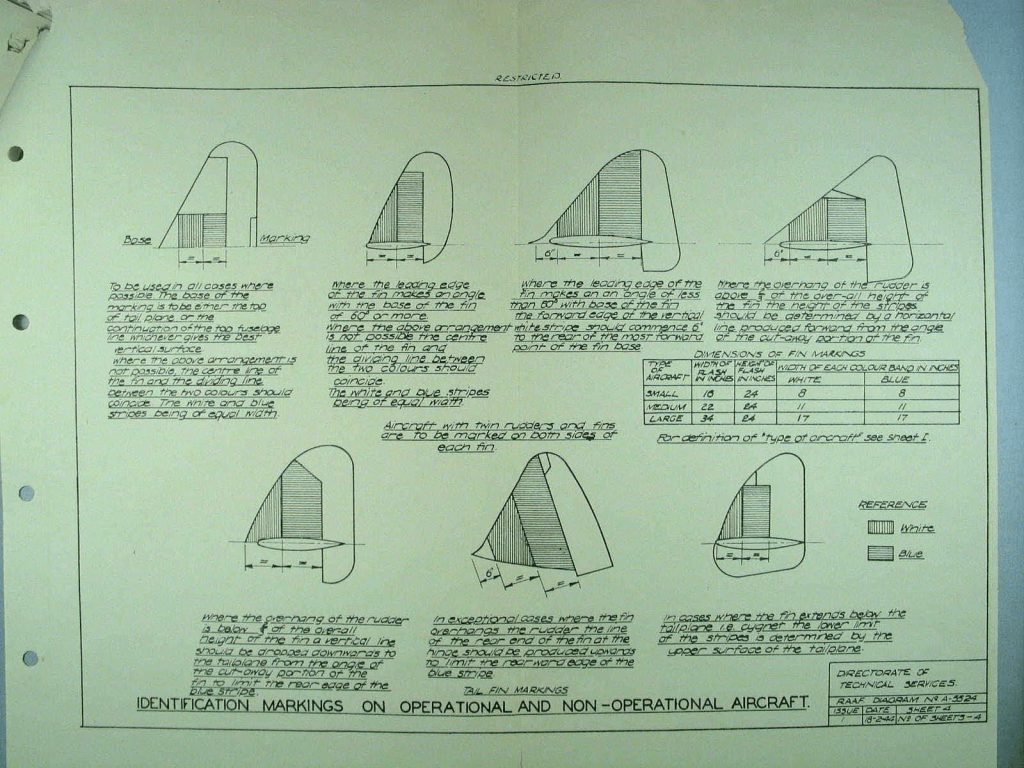
1948-1965 – National Marking
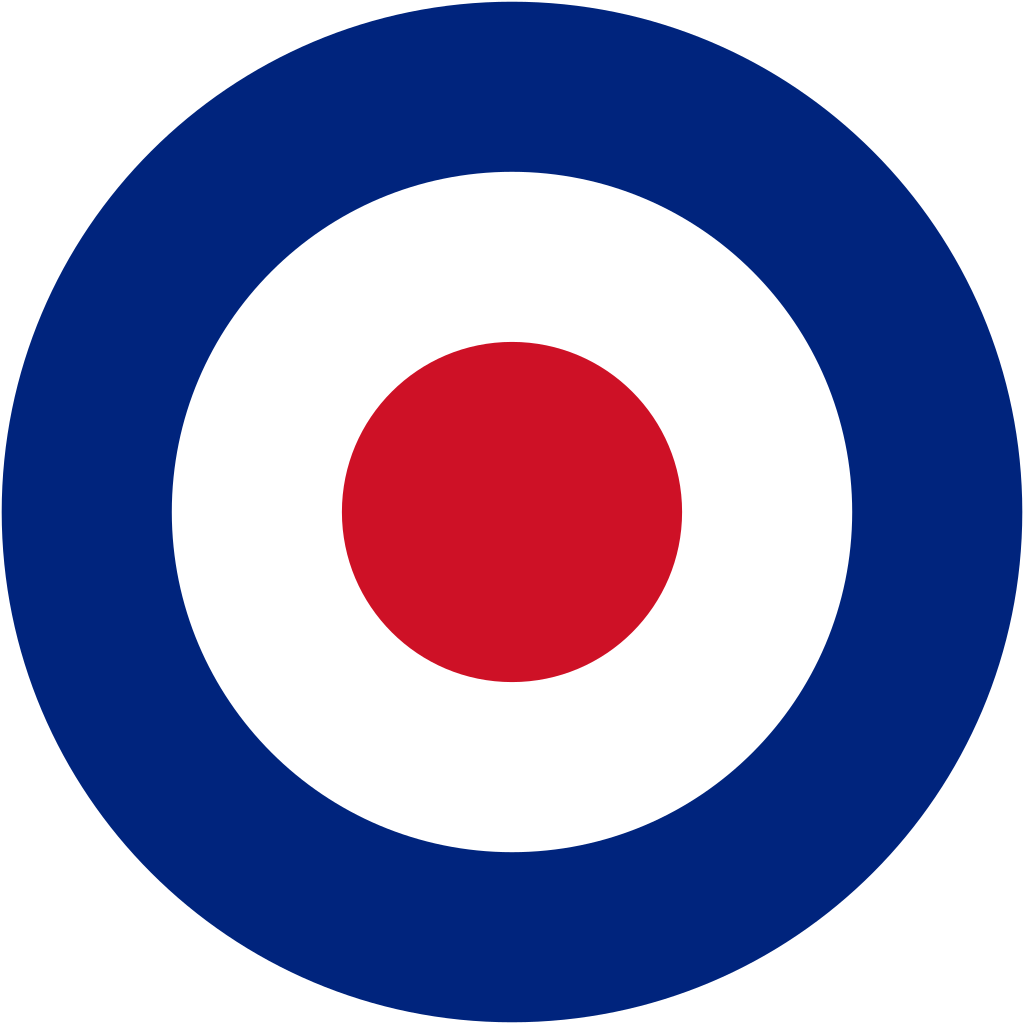
After the RAF reintroduced the red, white and blue Type D ‘target” roundel, the RAAF followed suit in January 1948, with what was locally known as the National Marking I and II, the latter referring to the tail flash.
Most aircraft were re-marked over 1948-1949. This wasn’t however always properly implemented, with variations in the size of the red dot occuring.
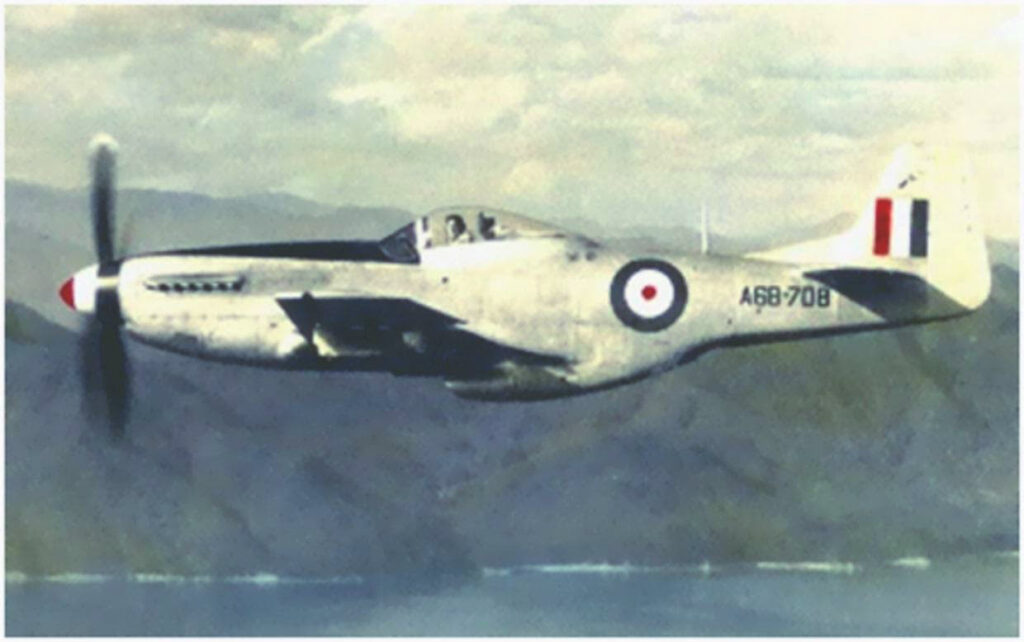

| Colour | equivalents | Gunze | Tamiya | Vallejo | Hataka | Humbrol | Mr. Paint | AK | MiG | |
| Identification Glossy Red K3/346 |
||||||||||
| Red part of the post 1948 national markings | ||||||||||
| Identification Glossy White K3/342 |
||||||||||
| White part of the post 1948 national markings | ||||||||||
| Identification Glossy Blue K3/343 |
||||||||||
| Blue part of the post 1948 national markings | ||||||||||
| Identification Glossy Black K3/344 |
||||||||||
| Aircraft serial numbers of the post 1948 national markings | ||||||||||
1956 – Experimental roundel Erect Kangaroo\
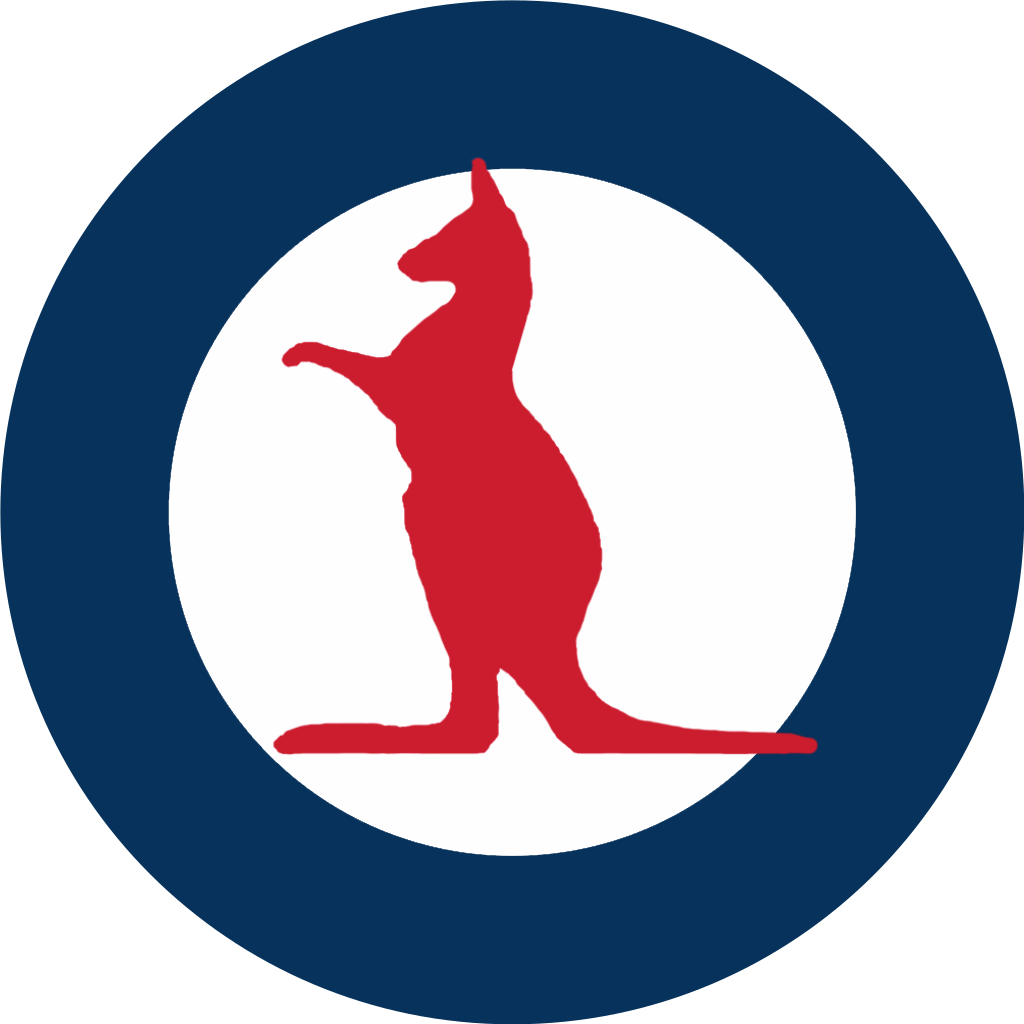
Alternate proposal for the change in national markings. On June 3 1955 the RAAF air board recommended that new roundels should undergo service trials, and on 13 September 1955 a Sabre with a standing Kangaroo roundel was shown. On October 13 this roundel was also painted on a DHC-2 aircraft bound for Macquarie Island.
On April 1956 a vote was taken by RAAF personnel with the choice between the present roundel, the “Kangaroo in Motion” roundel, or the “Erect Kangaroo” roundel. With 81% of the votes, the Kangaroo in motion won by a landslide
Designs submitted also included the Southern Cross, a boomerang and a sprig of wattle, but these were scrapped before trials.
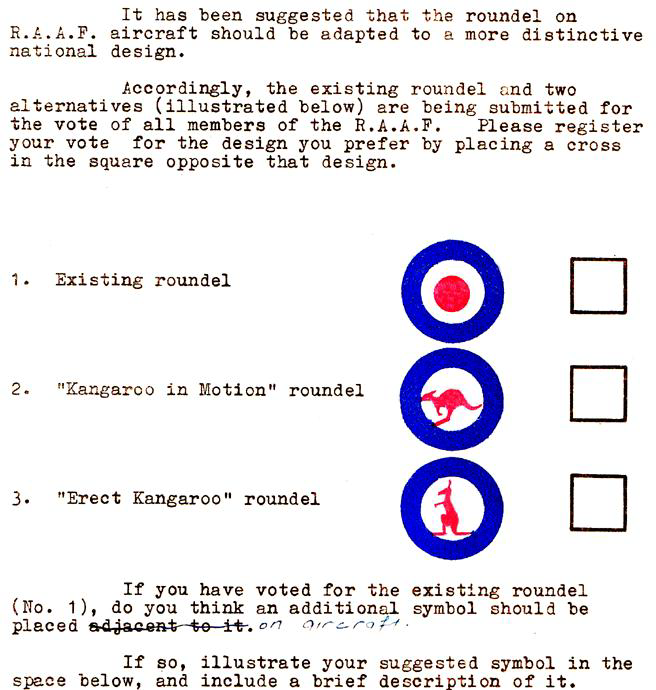
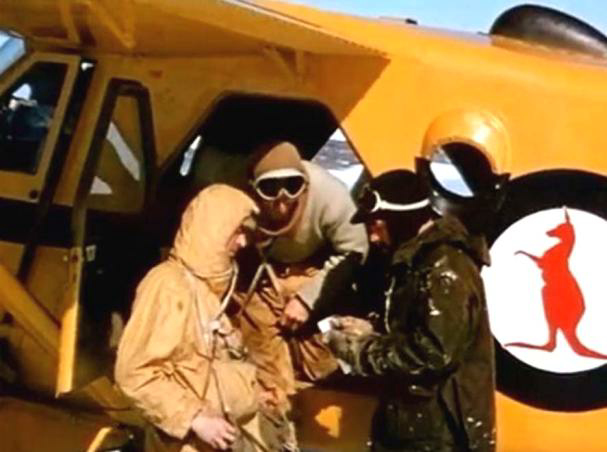
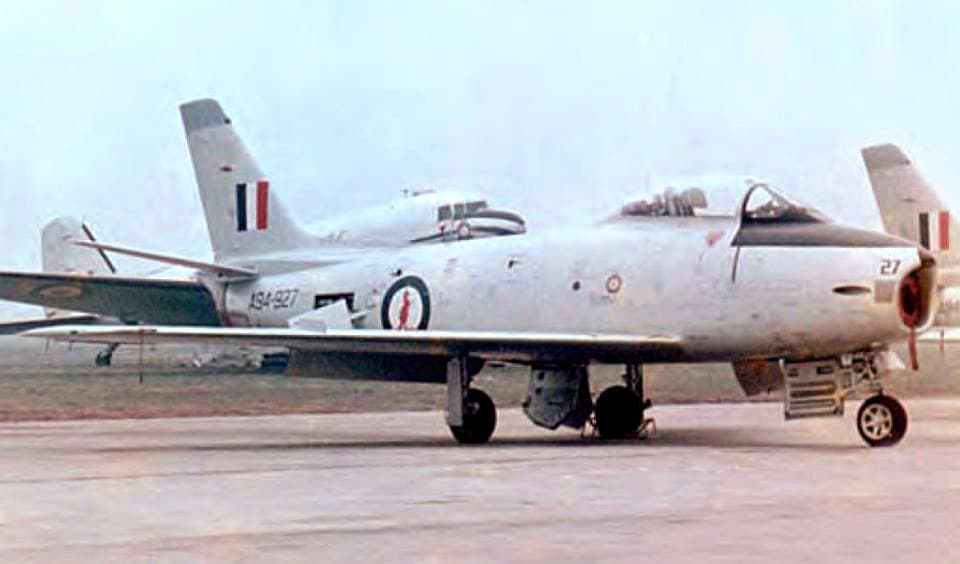

Post 1956 – Kangaroo
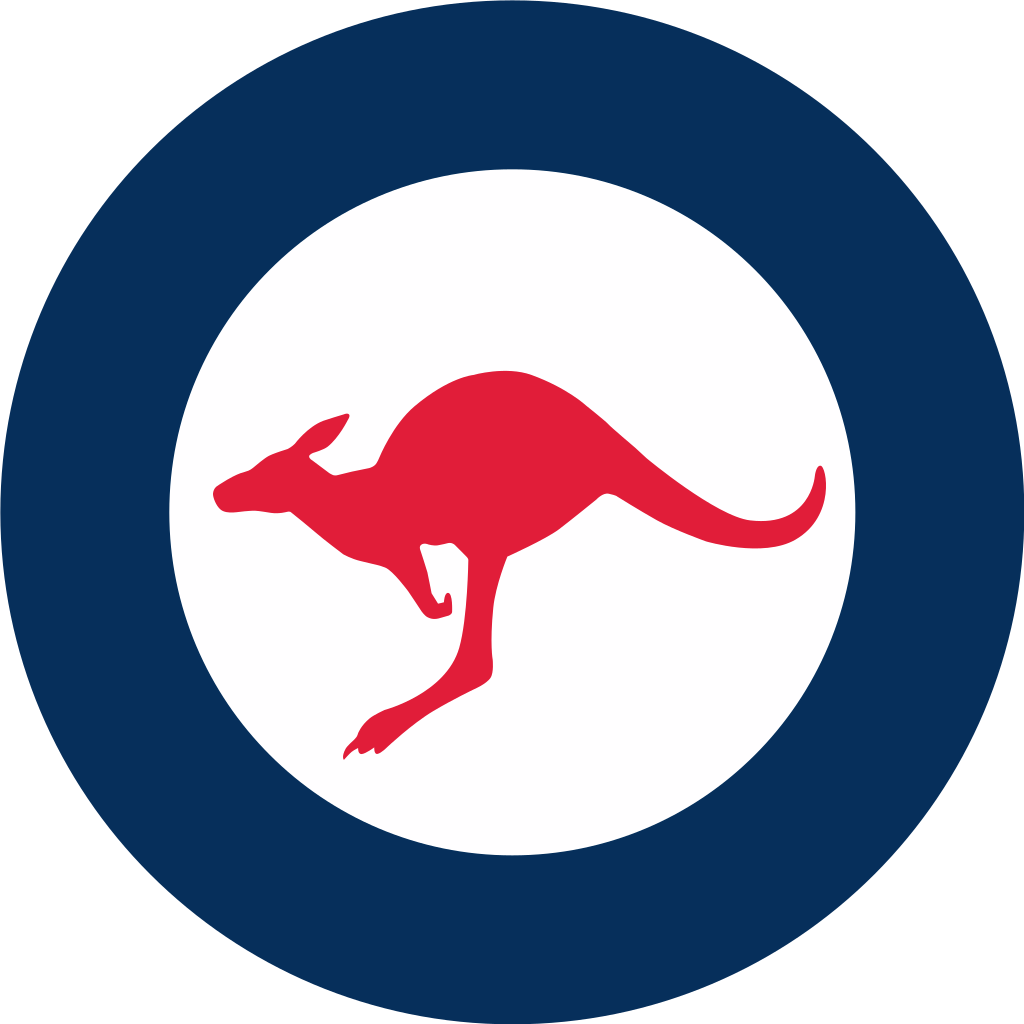 |  |
| Normal | Low Visibility |

Sources
- http://www.clubhyper.com/reference/foliagegreenrefgb_1.htm
- http://www.slugbalancer.co.uk/standards/raaf.htm
- https://www.cybermodeler.com/color/k3_table.shtml
- https://yearofaviationillustration.home.blog/2019/07/10/raaf-roundel-red-gone/
- https://web.archive.org/web/20210325144239/https://airpower.airforce.gov.au/APDC/media/PDF-Files/Pathfinder/PF027-Why-the-Red-Centre-Vanished.pdf
Can anyone tell me WHEN the red/white/blue fin flash was deleted ? Some time after the Mirage, I suspect
It is still in use, you can see pictures of the F-18’s when they are painted in high visibility markings (airshows, events etc), however, most aircraft are commonly in low visibility roudels.